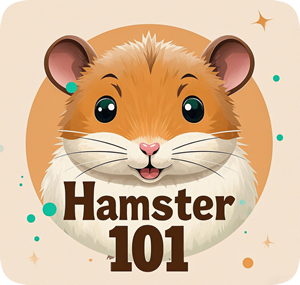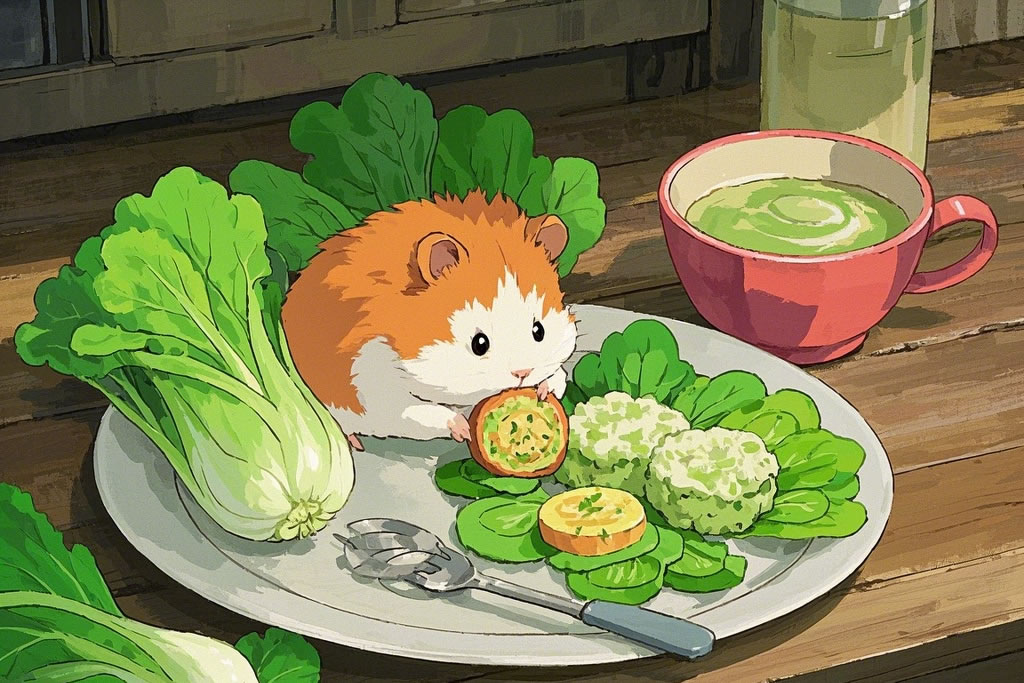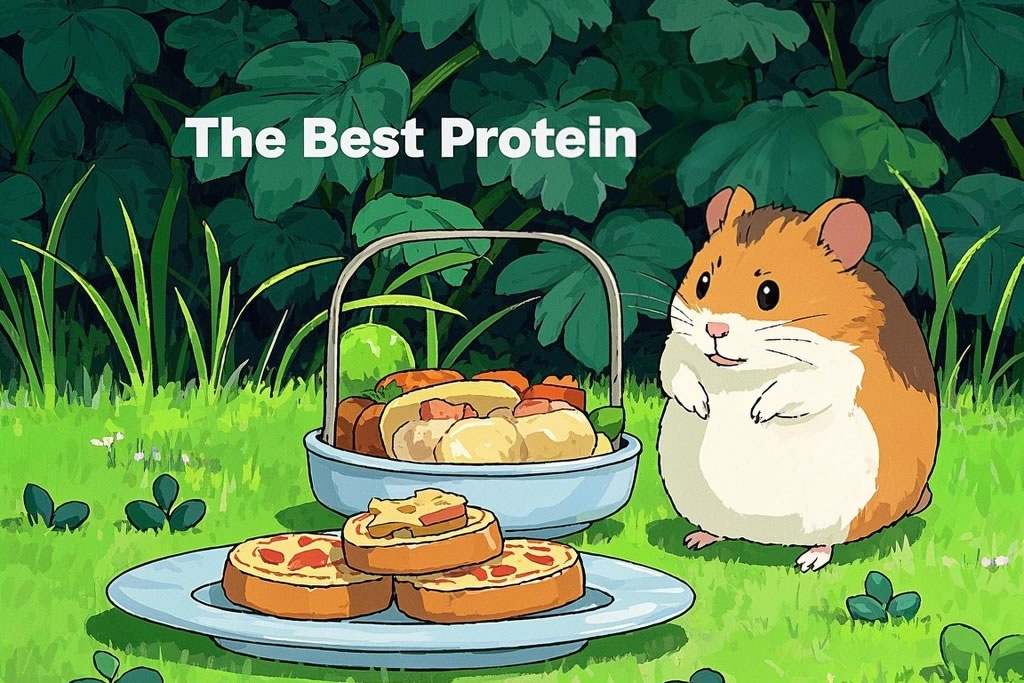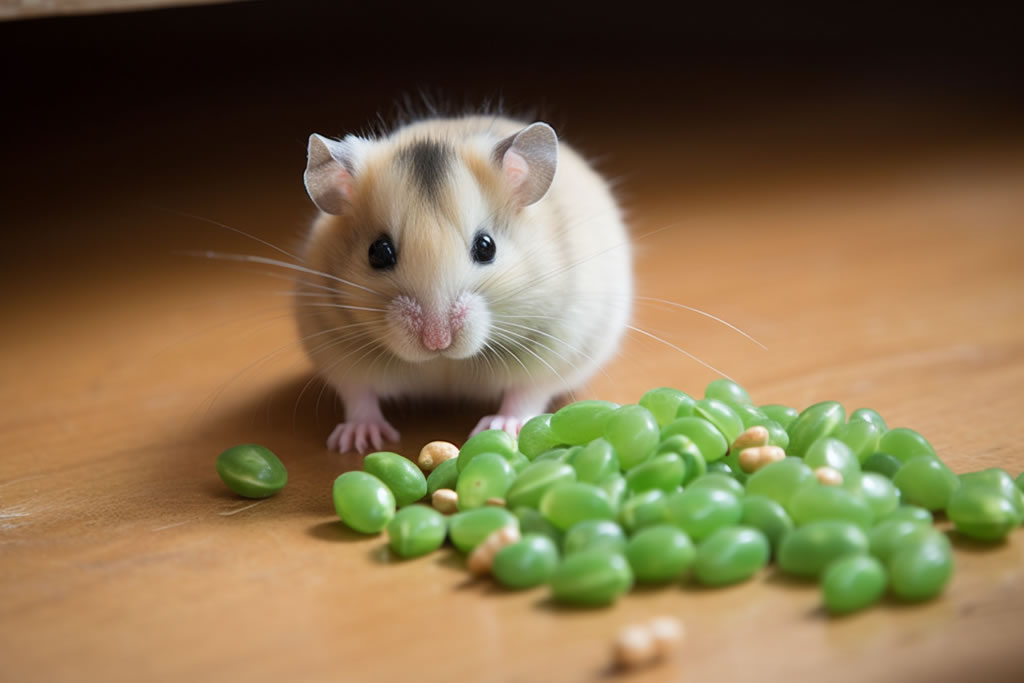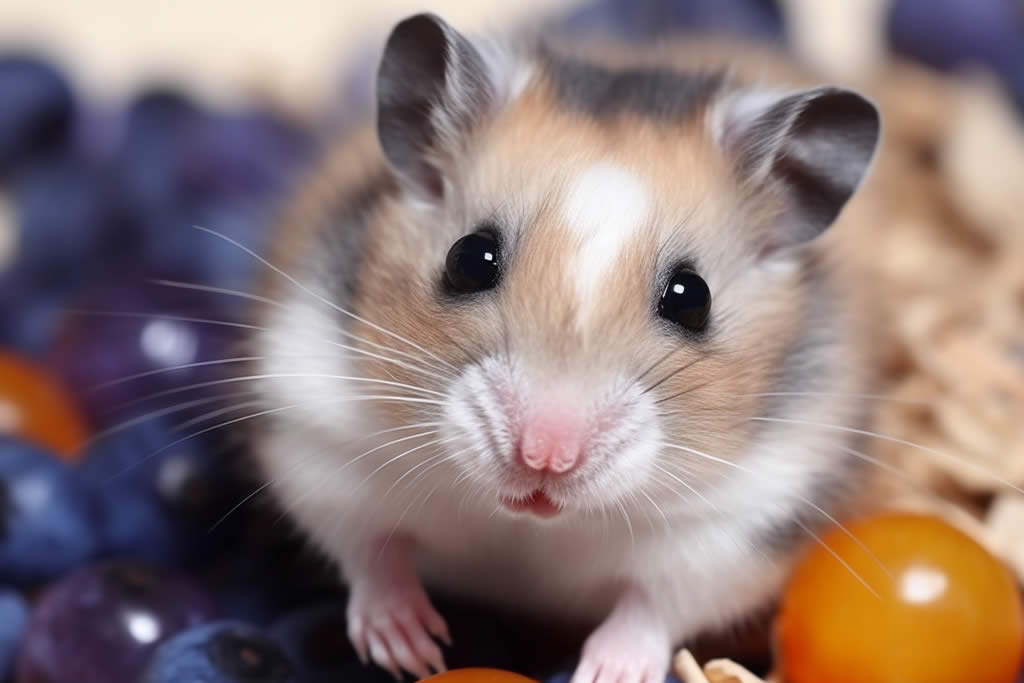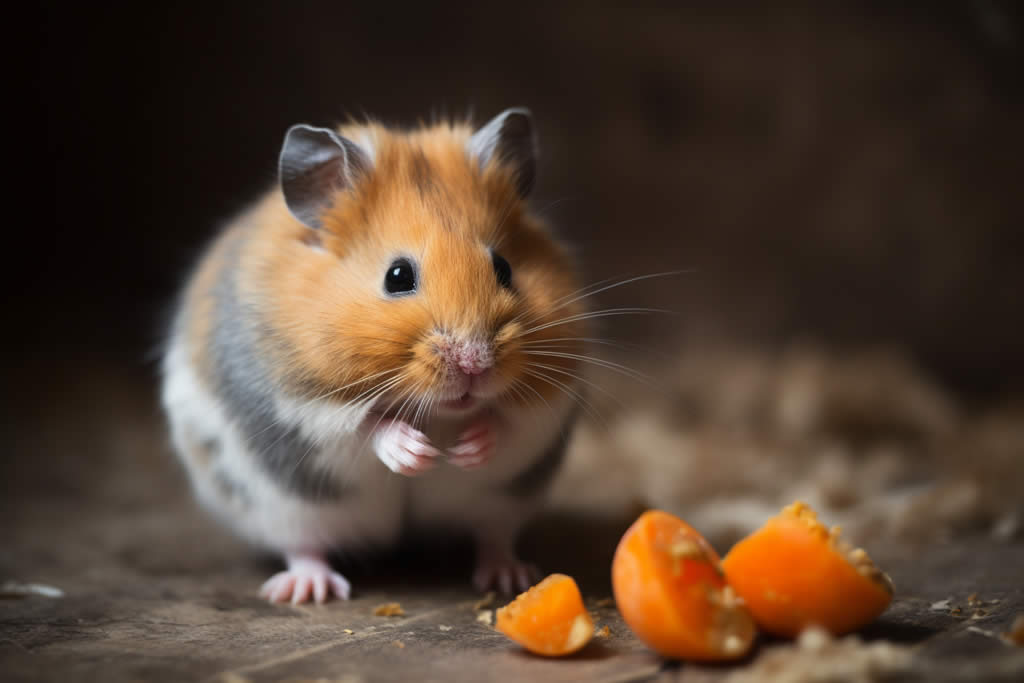Let me start with a confession: I once nearly killed Mr. Pipsqueak, my first Syrian hamster, by assuming “all veggies are safe.” Spoiler: Radishes are NOT. After a $300 emergency vet trip and a lesson in rodent digestion, I became the Lewis and Clark of hamster-safe greens. Here’s everything I’ve learned—with charts, horror stories, and a printable cheat sheet.
The Good, The Bad, and The Gassy: Veggie Safety at a Glance
Safe Veggies Cheat Sheet
| Vegetable | Serving Size (Syrian) | Serving Size (Dwarf) | Benefits | Risks if Overfed |
|---|---|---|---|---|
| Carrot (cooked) | 1 thumbnail slice | ½ pinky nail slice | Vitamin A for eyesight | High sugar → diabetes risk |
| Cucumber | 1 dime-sized piece | Pea-sized piece | Hydration boost | Diarrhea if >2x/week |
| Bell Pepper | 1 postage stamp slice | ¼ slice (no seeds) | Vitamin C (prevents scurvy) | Pesticides in non-organic |
| Zucchini | 1 tsp shredded | ¼ tsp | Low-calorie crunch | Bland → may refuse pellets |
| Broccoli Floret | 1 pea-sized floret | ½ floret | Fiber for digestion | Gas → hamster flatulence |
Pro Tip: My vet recommends a “5% rule”—veggies should never exceed 5% of their daily food intake. For a Syrian eating 15g/day, that’s 0.75g of veggies (≈ 1 cucumber seed).
The Forbidden List: Veggies That’ll Land You in Rodent ER
Toxic Veggies Comparison
| Vegetable | Toxic Compound | Symptoms (Within 24h) | My Dumb Mistake Story |
|---|---|---|---|
| Garlic | Thiosulfate | Lethargy, pale gums | Added garlic powder to “boost immunity” → $450 blood transfusion |
| Raw Potato | Solanine | Twitching, drooling | Let him nibble a sprouted spud → 48h ICU monitoring |
| Rhubarb Leaves | Oxalic Acid | Kidney failure, tremors | Garden escapee ate leaves → 3-day IV fluids |
| Avocado | Persin | Labored breathing, death | Roommate tried to share guacamole → near-fatal edema |
Never Learn the Hard Way: Dwarf breeds are especially vulnerable. My Roborovski, Nugget, nearly died from a sesame seed-sized piece of onion.
The Art of Veggie Introduction: A 10-Day Protocol
(Based on 7 hamsters, 3 vets, and one infamous cabbage incident)
Day 1-3:
- Offer 1mm² piece of steamed carrot on a spoon (not your finger—trust issues matter).
- Watch for:
- Cheek pouching (they hate the taste but hoard anyway)
- Toilet paper confetti (shredding = approval)
Day 4-7:
- Rotate between 3 safe veggies (e.g., cucumber, zucchini, pepper).
- Critical: Weigh daily. A 2g loss = instant stop. (RIP my basil experiment.)
Day 8-10:
- Mix 2 veggies in a “salad” (¼ tsp total).
- Pro Hack: Place near wheel—exercise distracts from pickiness.
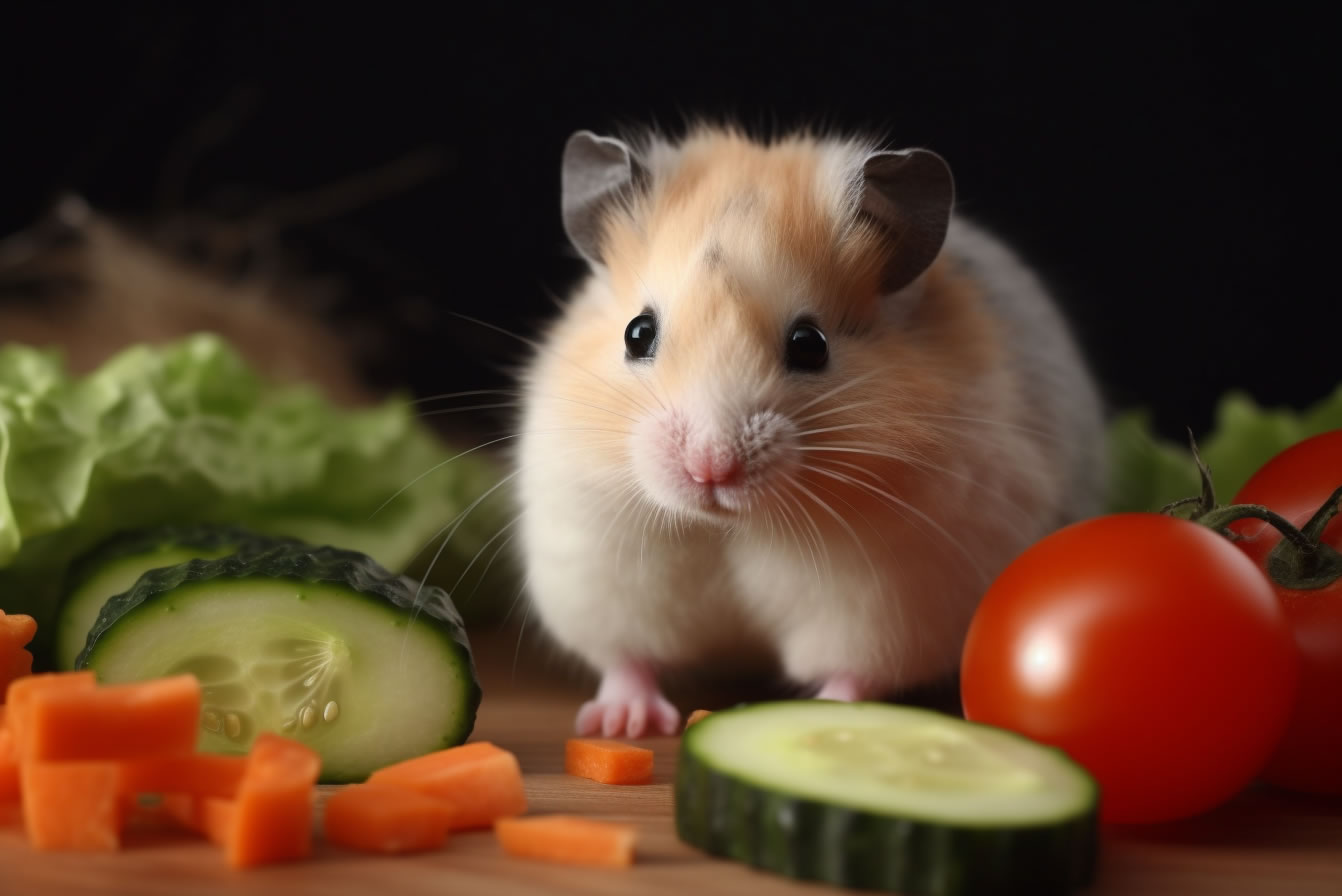
Veggie Prep: From Farmers Market to Fluffball
- Wash Like a Surgeon
- Soak 15 mins in 1:10 vinegar water (kills 90% pesticides per USDA study).
- Scrub with a toothbrush (designate one—no minty freshness residue).
- Cook It Wrong
- Steaming > Boiling: Preserves nutrients. My Syrian, Gouda, rejected mushy boiled zucchini for 3 weeks straight.
- Microwave Death: Uneven heating creates hot spots. Use stovetop.
- Cutting Geometry Matters
- Dwarfs: Julienne strips (easier to grip).
- Syrians: 1cm cubes (prevents cheek impaction).
When Veggies Attack: Emergency Response Flowchart
Symptom → Action
💩 Diarrhea
→ Remove veggies for 72h
→ Offer plain oatmeal (not instant)
→ Hydrate with unflavored Pedialyte
🤢 Swollen Cheeks
→ Massage gently with warm cloth
→ Vet visit if not resolved in 2h (blockage risk)
😴 Lethargy
→ Check for hidden veggie stashes under bedding
→ Offer honey-water (energy boost)
→ ER vet if no improvement in 6h
Veggie Myths Busted
🗨️ “Organic isn’t worth the cost.”
Truth: Conventionally grown spinach has 48 pesticide residues (EWG data). I now grow organic sprouts in my windowsill.
🗨️ “Frozen veggies are fine.”
Truth: Ice crystals damage cell structure → nutrient loss. Fresh only.
🗨️ “They’ll self-regulate.”
Truth: Hamsters are hoarders, not nutritionists. My dwarf, Mochi, once ate 3x her weight in broccoli → 3 days of ✨toxic farts✨.
Final Verdict: Veggie Yes, But Channel Your Inner Control Freak
After many years of hamster parenting, here’s my mantra: “A veggie is a treat, not a right.” Use the charts, avoid my radish blunder, and remember—your hamster’s colon is smaller than a pencil eraser. When in doubt, skip it and stick to high-quality pellets.
